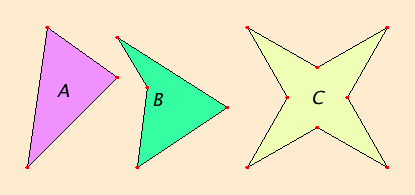
This definition was probably not in Euclid’s original Elements. It classifies rectilinear figures by their number of sides. Euclid names polygons by the number of their angles. For example, Book IV includes constructions of regular pentagons, hexagons, and pentadecagons (15-angled figures) in which those terms are used.
The modern English names are also based an the number of angles (except quadrilateral): triangle, pentagon, hexagon, heptagon, octagon, etc. Quadrilaterals can also be called tetragons. From pentagon on up these names derive from the Greek, but they’re rarely used past octagon.
